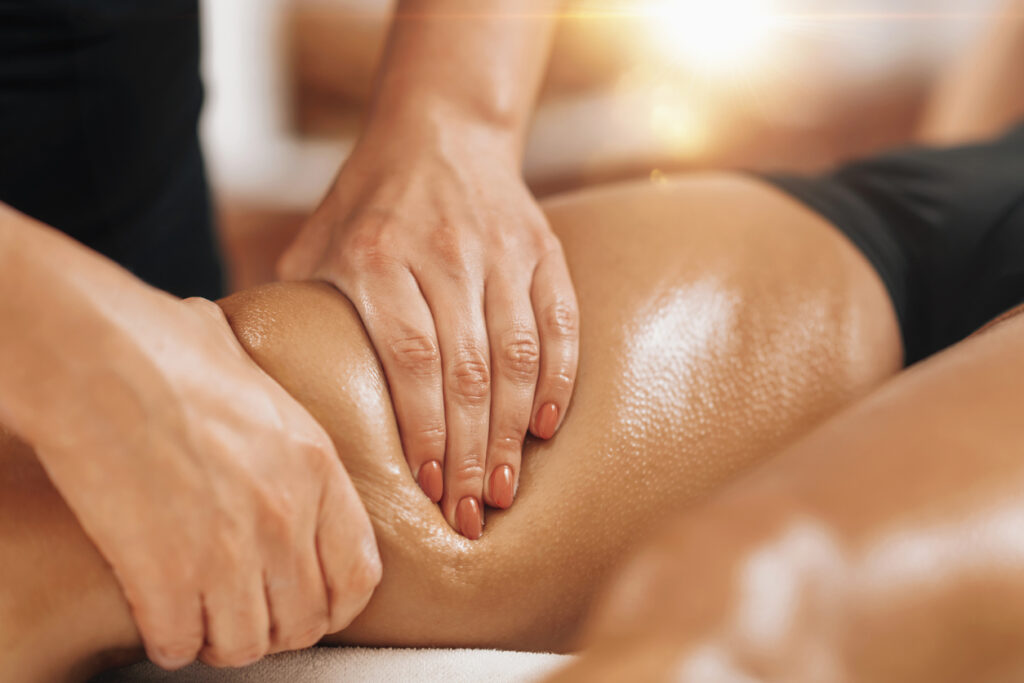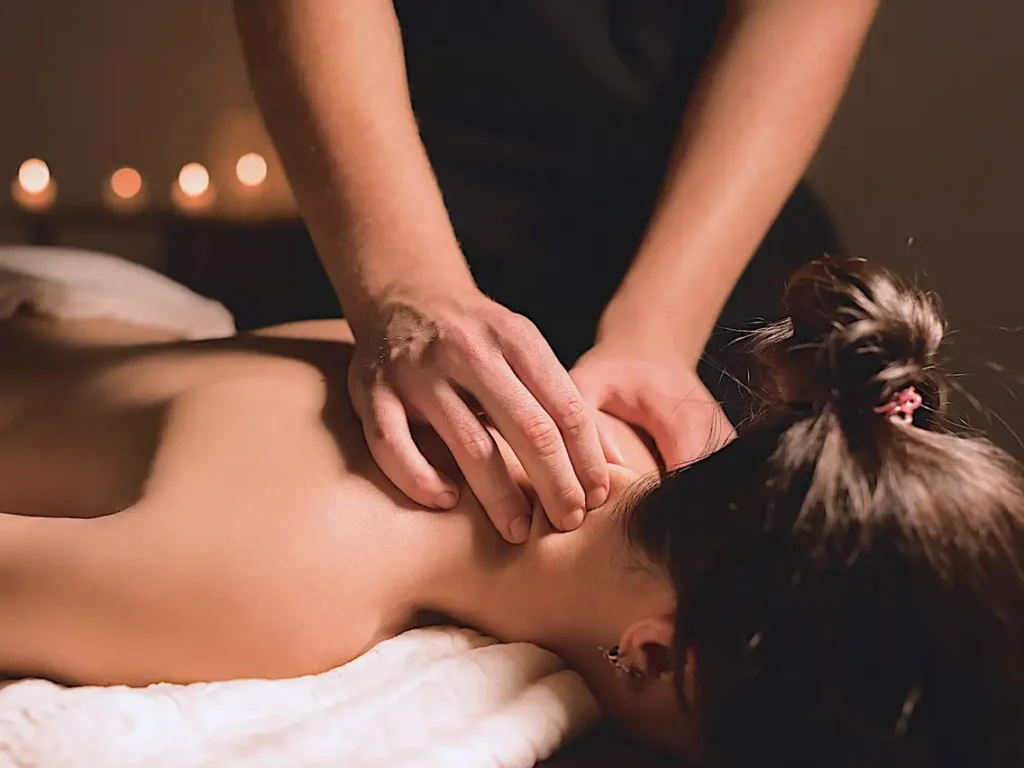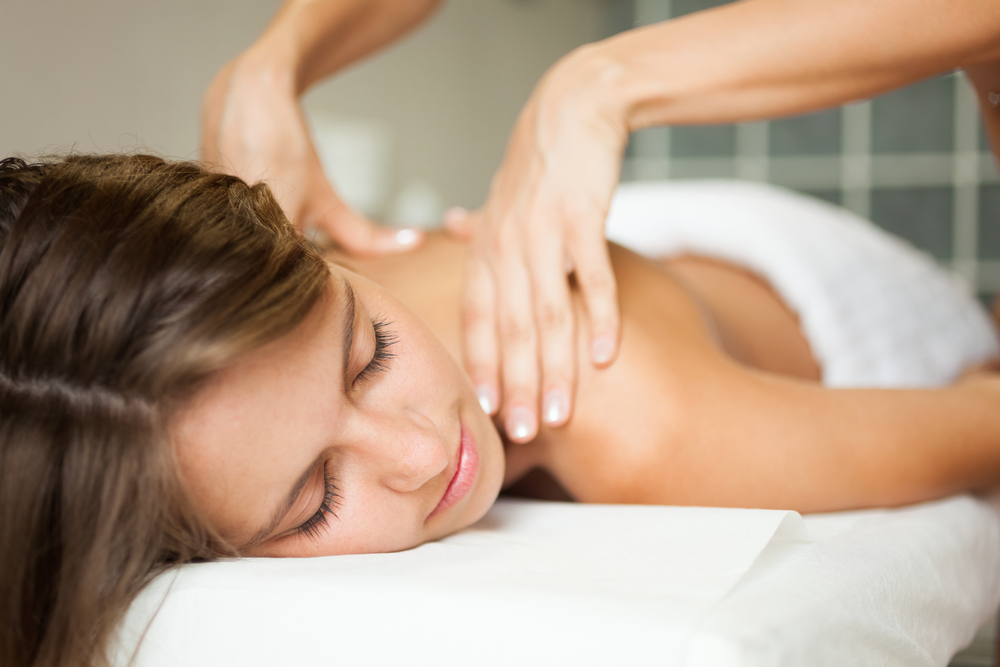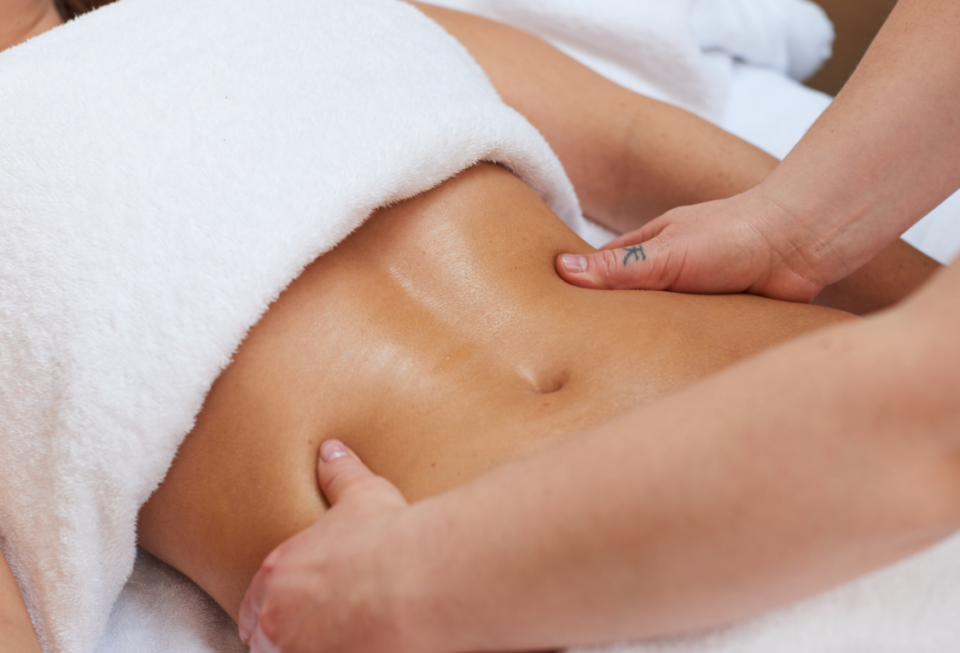A common misconception about noninvasive lymph drainage therapy is that it’s just a massage, but this isn’t the case. There are a few things to bear in mind while doing self-manual lymph draining.
The “resting” phase is also a crucial part of this technique. Once you’ve completed the stretching and movement, you should let your skin return to its previous position for your lymph vessels to absorb the fluid.
What is a noninvasive lymphatic drainage massage?

Lymphedema may be alleviated with “Manual Lymphatic Drainage,” which uses soft, flowing massage strokes applied in certain patterns. Unlike the heart, the lymphatic system depends on muscular activity and movement to sustain fluid flow.
Noninvasive lymphatic drainage massage is a therapy that stimulates the lymphatic system by pushing lymph to the lymph nodes [in your neck, armpits, and groin]. Its major role is to remove accumulated fluids between cells and catabolic residues by guiding them to capillary veins and specialized motions.
In addition to the elimination of stagnant fluids, lymphatic drainage has several other advantages, including:
- Stimulates the flow of blood and the regeneration of tissue
- Faster clearance of interstitial fluid may be achieved by increasing lymphatic flow.
- Swelling and water retention are reduced.
- Enhances the immune system by removing harmful substances from the body.
- Decreases cellulite’s appearance by lowering the quantity of fluid that pushes on the cross-hatched fibers under your skin.
- Relaxation of the body and mind
- Enhances the body’s energy and vitality by making it feel lighter and airier
Misconceptions about noninvasive lymphatic drainage therapy
Three prevalent myths about lymphatic drainage massage have been debunked here.
-
Fluid from surgical incisions can’t be drained out by lymphatic massage

Lymphatic Massage is a delicate kind of bodywork that uses extremely little pressure. It does not need opening an incision or squeezing so hard that an incision is popped open. Never listen to anybody who says that.
Lymphatic Evacuation is as dramatic as it gets when you’re bloated and unable to move and want dramatic action to feel normal again as fast as possible. The extra fluid exits via a hole and entirely avoids the lymphatic capillaries, lymph nodes, and kidneys. However, one major drawback to this procedure is the danger of infection, particularly when performed outside of a medical institution by non-licensed medical professionals.
-
Ultrasound is not a treatment for lymphatic massage

No comparison can be made between liposuction and the machines that use them. Machines remove fat uniformly across the body, resulting in a more generalized slimming effect rather than a targeted one.
To lower your waistline by 3 to 5 inches, you should consider liposuction or other more conventional fat removal methods. Even FDA-approved, noninvasive equipment isn’t very noticeable in the mirror.
-
Deep tissue massage is not lymphatic massage

The lymphatic system consists of capillaries immediately below the skin’s surface. Quarter-weight pressure flattens capillaries and stops fluid movement. If you can envision what occurs if you tread on a garden hose, you can understand what happens if too much pressure is applied to do lymphatic function. Being harsh with a post-op body may cause greater pain, bruising, and swelling.



